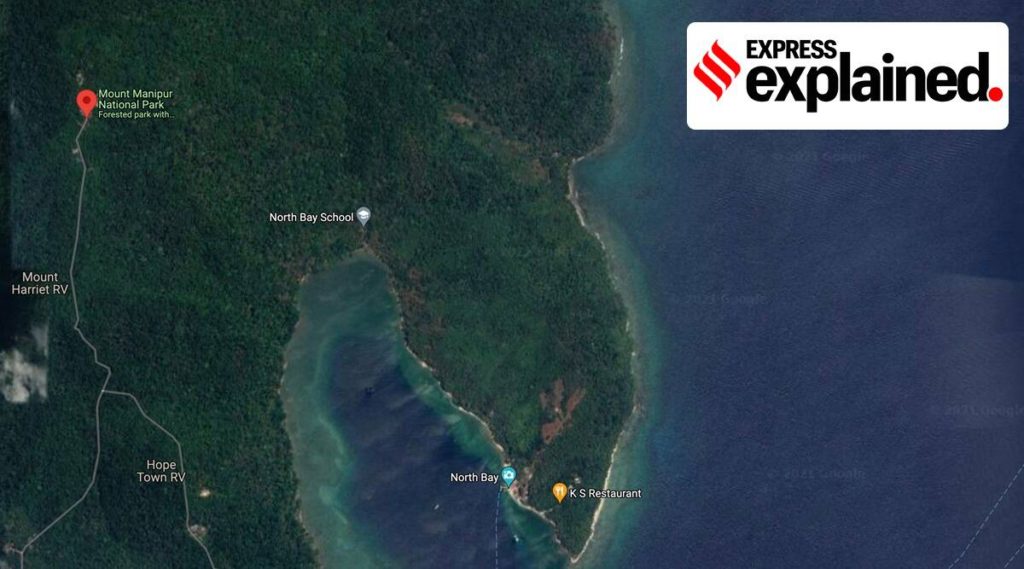‘MOUNT MANIPUR’
‘MOUNT MANIPUR’
What is in news : The Centre has rechristened Mount Harriet, a historical tourist spot in the Andaman and Nicobar islands, as ‘Mount Manipur’
What is Manipur’s connection to Mount Harriet: After the Anglo-Manipur War of 1891, several Manipuris who had fought the British in the war, including Maharaja Kulachandra Dhwaja Singh, were exiled to the British penal colony in the Andaman Islands. Since the cellular jail (Kalapani) was yet to be built, Kulachandra and the prisoners were kept on Mount Harriet, a hillock in what is now the Ferragunj tehsil of South Andaman district.
What set off the Anglo-Manipur War of 1891; why is it significant:
- Considered an epoch in the history of Manipur, the Anglo-Manipur War was fought between the kingdom of Manipur and the British over a month in 1891.
- The battle was triggered by a coup in the palace of Manipur, which had been marked by internal factionalism in the years leading up 1891. According to the Manipur State Archives website, the British government took advantage of the “internal dissension” among the princes of the royal family.
- In 1886, when Surchandra inherited the throne from his father Chandrakirti Singh, the kingdom of Manipur was not under the British rule but had links with the crown through different treaties.
- However, Surchandra ascension to the throne was controversial and his younger brothers — Kulachadra, Tikendrajit — revolted against him.
- In the first phase of the war, the British surrendered and their officers — including Quinton — were executed in public. In the second phase, the British attacked Manipur from three sides, and finally capture the Kangla Fort in Imphal. Prince Tikendrajit and four others were hanged by the British, while Kulachandra, along with 22 others, were banished to the Andaman Islands.
- Many say the war was described as a “blow to British prestige”. Despite their victory, it had led to the death of five important officers. In India, it was viewed as being part of the general uprising against British rule in the country, soon after after the Revolt of 1857.
- The war led to Manipur officially becoming a princely state under the indirect rule of the British crown.
Who was Mount Harriet originally named after?
Mount Harriet is the third highest peak in the Andaman and Nicobar Islands, and served as the summer headquarters of the Chief Commissioner during British Raj.
It is believed to be named after British artist and photographer, Harriet Christina Tytler, who was the wife of Robert Christopher Tytler, a soldier who served in the British Indian Army. Between 1862 and 1864, Tytler was the superintendent of the penal colony at Port Blair.
District officials from South Andaman said Mount Harriet houses a colonial bungalow, which now functions as a forest guest house. Close by is the Mount Harriet National Park known for its wide variety of birds.

